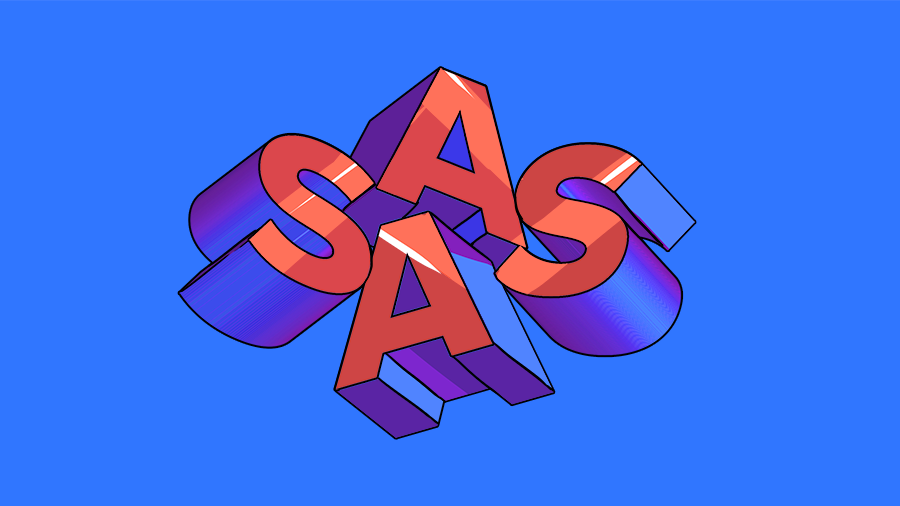By Itay Sagie, co-founder of VCforU.com.
In my journeys, I get to speak with many software as a service companies as well as venture capitalists focusing on SaaS. I often see a bit of confusion around Monthly Recurring Revenue and Annual Recurring Revenue, and when each is more appropriate.
Subscribe to the Crunchbase Daily
SaaS companies rely on recurring revenues to fuel growth. In a highly competitive environment with high customer acquisition costs, the aim is to get the maximum lifetime value out of customers. See full article about Unit Economics.
Key success factors include:
- Monetization: Provide measurable value to your customers and capitalize on that value. While this seems trivial, it is not. Figuring out the exact value you bring to your customers is not trivial, and often they are not transparent about it. Moreover, customers require close attention and have very little time and tolerance for a poorly built product that doesn’t exactly meet their needs.
- High Retention: Create a corporate mindset around customer success, proper onboarding, continuous product improvement, and value creation. This will help keep your customers around for longer, resulting in high retention/lower churn and a longer lifetime, calculated as 1 divided by churn. Annual Churn of 20 percent equals a lifetime of five years.
To make sense of the basic definitions: ARR is relevant to annual plans–it is possible for the payment schedule to be monthly, as long as there is at least a 12-month commitment by the customer; MRR is relevant to monthly plans only, where the customer can cancel the plan at any given month.
In order to increase retention, SaaS companies tend to prefer an annual subscription model, however, there are various considerations to choose the right model.
Considerations for choosing MRR vs ARR
- Product maturity – In the early stage of a company’s life, when the product doesn’t have a known brand name, customers tend to prefer monthly plans. During this stage, the company has a great opportunity to monitor churn, create an active dialog with the customers, and improve their product in an agile manner. After a period of time when the product is more mature and there is clear market acceptance for the product, creating an annual plan at a discount would make sense.
- Fundraising for Series A or not – Let’s assume you raised a $1 million Seed round last year and have finally reached your first year of sales. If you have three large customers, all paying an annual subscription of $500,000 each, the result is $1.5 million ARR. At this point you, the entrepreneur, would feel it is the perfect time to go out and raise your large Series A to boost sales. While investors in later stages often prefer to see ARR, in your first year of sales ARR does not indicate any proof of actual churn figures. It is a real possibility that after the first year of the subscription is over, all three customers will churn, leaving the company with zero revenue. This is a very high risk for a Series A investor. Therefore MRR in the first year of sales would provide continuous churn figures you and your investors can learn from. As written in the previous point, during the first year of sales, product maturity is also low, so MRR would make sense from that angle as well.
- Customer type – Enterprise customers tend to prefer annual subscriptions because they also require closer customer support, integration, training and more. In this high-touch relationship, it would make less sense to use monthly plans. Consumers, as well as small to medium-sized businesses, tend to prefer monthly plans, at least to begin with. This is a low-touch relationship with looser integration, which can be tested for a few months at a low cost. Companies can then decide if they want to commit to an annual subscription at a discount.
Written by Itay Sagie, a lecturer, contributor, and strategic adviser to startups and investors. He is also co-founder of VCforU.com, which helps over 18,000 startups with their Investor One Pager while hundreds of investors use the platform for deal flow. Itay is also the Israeli adviser at Allied Advisers, a boutique investment bank from Silicon Valley. You can connect with him on LinkedIn and follow him on Twitter at @itaysagie.
Illustration: Li-Anne Dias.

Stay up to date with recent funding rounds, acquisitions, and more with the Crunchbase Daily.



![Illustration of a guy watering plants with a blocked hose - Global [Dom Guzman]](https://news.crunchbase.com/wp-content/uploads/quarterly-global-3-300x168.jpg)
67.1K Followers